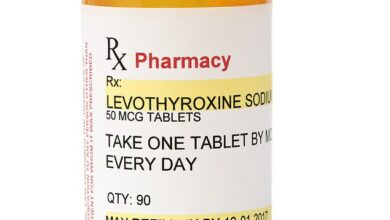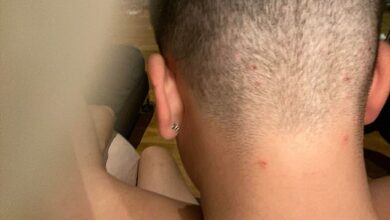I Had 23 Surgeries Before I Was 20 to Repair a Birth Defect… Now I Work Under the Doctor Who Changed My Life
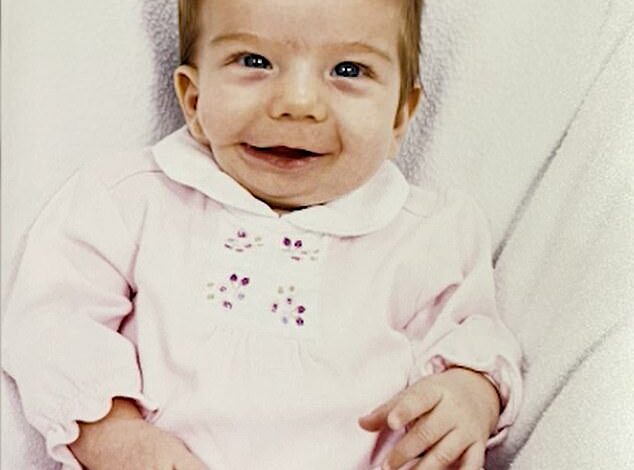
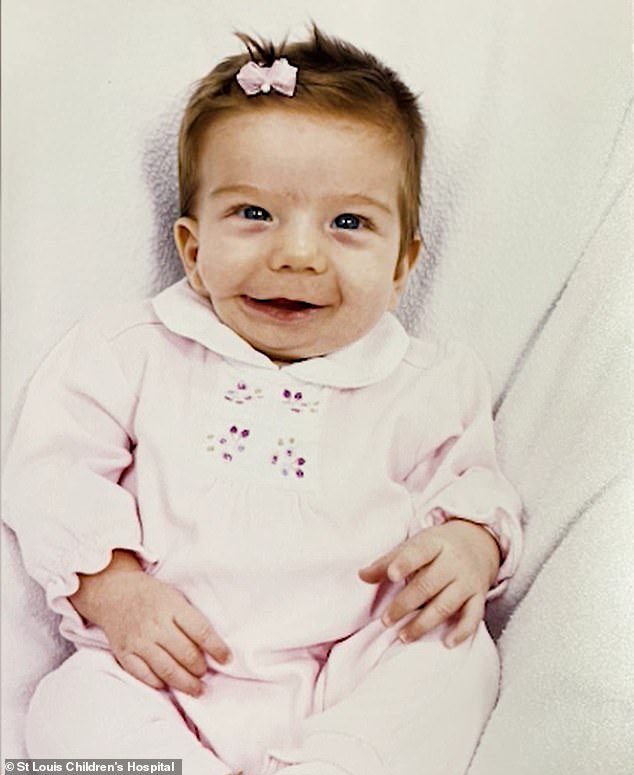

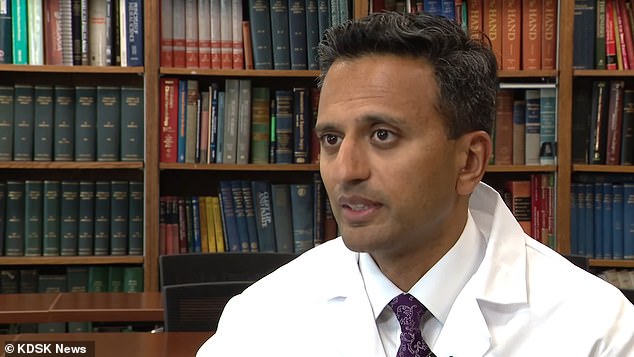

Before Riley Kruse reached the age of twenty, she had undergone nearly twenty surgeries. The majority of these surgeries took place as a toddler.
The baby was born two months prematurely with a condition called hemifacial microsomia. This means that bone was missing from one side of her jaw, making it difficult to bite and move.
Doctors at St. Louis Children’s Hospital also removed a golf ball-sized tumor from her skull and worked to strengthen her weak heart. They tried to lengthen her jaw, which was not developing properly.
Years later, Ms. Kruse, now 19, met the doctor who would change her life: Dr. Kamlesh Patel, a pediatric plastic surgeon who made a custom titanium jaw for the teen.
Now, Ms. Kruse has returned to the hospital where she spent months as a patient to shadow Dr. Patel as a pre-med student, with dreams of one day helping children like her.

Mrs. Kruse was born two months prematurely and had to spend the first months of her life in the neonatal intensive care unit

Ms. Kruse is now in college in St. Louis studying to become a doctor. She was born with a common condition that affects facial symmetry, as well as a brain tumor and a weak heart
Ms Kruse said: ‘I had to stop and ask myself, “Why me?” a few times. I had no self-confidence as a teenage girl who looked different. But now I get: “Why me”.
‘Without all these experiences I wouldn’t be myself. I wouldn’t have these connections and the ability to support patients in similar situations.”
Hemifacial microsomia occurs when one side of the face is underdeveloped.
It usually affects the lower half of the face and affects the cheekbones, jaw, facial muscles, or ears, but can occur anywhere on the skull, including the eye.
The condition affects between one in 3,500 and one in 5,600 live births per year in the US. This makes it the second most common birth defect in the country, after cleft lip and palate.
Hemifacial microsomia can make talking, eating, breathing, seeing, moving facial muscles, and even hearing difficult, but generally does not affect life expectancy.
Some patients lack entire bones and muscles, while others experience little to no side effects.
In more severe cases, such as Ms. Kruse, who was missing an entire chunk of bone from the right side of her face, surgery may be one of the few options to restore form and function.
Operating on people with this condition can be difficult because each case is unique. So there is no one operation that doctors can perform to specialize.
In addition, a specialized doctor is needed to operate on muscles, bones, cartilage, blood vessels and nerves, which results in a complex operation.
Doctors aren’t sure what causes hemifacial microsomia. In Ms. Kruse’s case, it could be related to her premature birth and the other conditions she faced in the early years of her life.
She was born two months premature, weighed just four pounds, and spent months in the neonatal intensive unit.
Doctors operated on a brain tumor and her heart, which was not developing properly, beating more than 200 times a minute and working itself to death.

Dr. Patel specializes in craniofacial and reconstructive plastic surgery at St. Louis Children’s Hospital. The surgery he performed on Ms. Kruse was the first of its kind at that location
Finally, after more than twenty operations, her condition was stabilized. But the right side of her jaw had not developed normally. Doctors performed surgical procedures to lengthen her right jaw, but Dr. Patel’s transplant really made the difference.
When Dr. Patel operated on Ms. Kruse in 2019, it was the first surgery of its kind performed at St Louis Children’s. He designed a custom-made titanium implant for the then 17-year-old, hoping it would help her bite more freely, open her mouth and move her jaw.
During a 14-hour operation, Dr. Patel a new jaw on Mrs. Kruse’s face. This surgery and the six weeks of recovery, which includes severe swelling, pain and avoiding food and drinks colder than 70 degrees, require perseverance, Dr. Patel said.
“You have to be physically strong to go through this procedure, but also mentally strong,” Dr. Patel said.
He praised Ms. Kruse’s strength, and she said she could not have done this without his compassion.
‘He cared about me as if I were his own child. And that really made a big difference in how this recovery and this whole process went,” Ms. Kruse said.
Since then, Ms. Kruse has returned for her senior year of high school, walked across the country and graduated on time.
She then went to college in her hometown of St. Louis and decided she wanted to pursue a career in medicine. Part of that path involves shadowing the doctor who gave her new life.

After her grueling surgery, Ms. Kruse returned to complete her senior year of high school in St. Louis. She made the cross country team and eventually earned a scholarship to a university in Missouri, where she is now studying pre-med
Now, on the other side of the doctor’s office, Riley helps patients who come to Dr. Patel with the same condition. One patient in particular stood out: Jack Lofton.
During his six-month post-operative check-up, Ms Kruse looked over Dr Patel’s shoulder as he checked Mr Lofton’s bite and asked him how he was feeling. During the operation, Mrs. Kruse sat with Lofton’s parents and assured them that their son would be fine.
Mr Lofton said having her there made the process easier.
“Having Riley working at the hospital certainly helps a lot,” Mr. Lofton said, adding, “Just having someone my age, someone who knows what I’ve done and someone who puts it into words I understand better, it definitely just helps. I process information a little better.’
Likewise, Ms. Kruse sees herself in the patients in Dr. Patel’s practice and is able to approach them with a unique understanding.
Ms Kruse said: ‘The first time I met Jack I thought, ‘I’m not alone.’
“It was such a blessing to be able to guide him through this procedure and through the recovery because it was truly a time where I was so alone and it felt like no one understood me.”
This driving force – to ensure that no one like her feels alone – is clearly visible today. She looks forward to a long career in medicine.
She said: ‘I feel like everyone is born with a purpose and a reason, I really feel like I don’t know who I would be without going through all of this. It has shaped me into the person I am today and has led me to the future career I want to do.”

